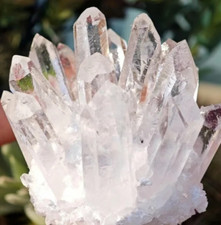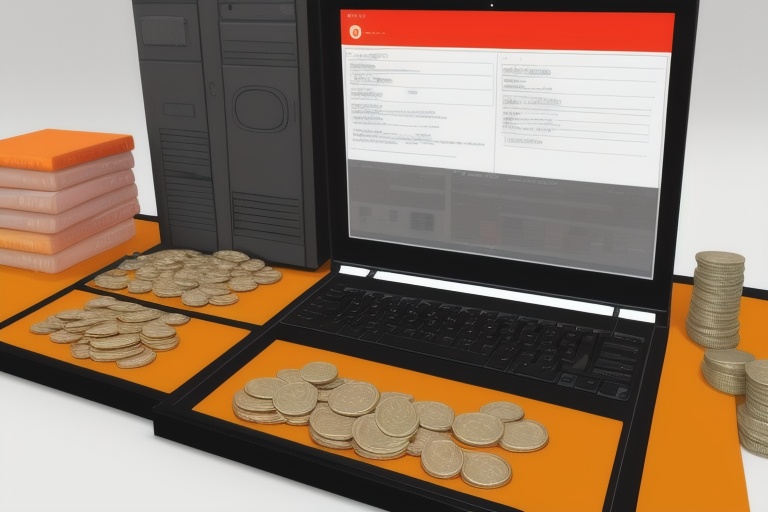Coin collecting is an enthralling hobby, meshing a love for history, aesthetics, and the diverse arena of numismatics—the study and collection of currency. The pursuit of coin collections can be richly rewarding, offering a tangible connection to the past and the artistry of minting. For both novices and experts, the challenge of pinpointing the value of coins is a key aspect of the hobby. It requires comprehensive knowledge on several fronts: the rarity of the piece, its condition, the current demand amongst collectors, and broader market trends. This article aims to enlighten enthusiasts about the various intricacies of coin valuation and collecting, ensuring that both newcomers and seasoned veterans can find continual joy and discovery in this enduring pastime.
Coin collecting is an enthralling hobby, meshing a love for history, aesthetics, and the diverse arena of numismatics—the study and collection of currency. The pursuit of coin collections can be richly rewarding, offering a tangible connection to the past and the artistry of minting. For both novices and experts, the challenge of pinpointing the value of coins is a key aspect of the hobby. It requires comprehensive knowledge on several fronts: the rarity of the piece, its condition, the current demand amongst collectors, and broader market trends. This article aims to enlighten enthusiasts about the various intricacies of coin valuation and collecting, ensuring that both newcomers and seasoned veterans can find continual joy and discovery in this enduring pastime.
Understanding Coin Values
Determining the value of coins goes beyond simply assessing their age or metal content. Several critical factors must be considered, including rarity, condition, historical significance, and prevailing market trends. Rarity is perhaps the most straightforward aspect—coins that are scarce often have greater value due to their limited availability. Such rarity might arise from low production numbers, survival rates, or unique variations or errors that occurred during minting.
The state of preservation is equally vital. Coins graded in 'mint' or 'near mint' condition are generally more desirable and therefore more valuable. Numismatic grading systems, developed and refined over the years, help collectors and dealers universally quantify this condition. A well-preserved coin—one without significant wear, scratches, dents, or discoloration—will always attract attention on the market.
Market demand fluctuates and can greatly affect coin values. Numismatic enthusiasts might chase after specific themes or periods, causing certain coins to become more fashionable and valuable. Keeping up with these trends is essential for any collector wishing to understand or anticipate these changes.
Coin Collecting as an Investment
While primarily a hobby, coin collecting can also serve as a method of investment. Coins, particularly rare or historically significant ones, may grow in value over time. Successful coin investment demands a strategic approach much like any financial investment, with an emphasis on diversification and a comprehensive understanding of the market.
As with any investment arena, coin collecting is not devoid of risks. The potential for counterfeit or altered coins exists, underscoring the necessity for vigilance and research. Unlike traditional investment forms such as stocks and bonds, collectible coins are not standardized; each has its individual value based on the aforementioned factors. Thus, educated purchases through reputable sources and the consideration of certified coins from trusted grading services are fundamental practices to ensure a sound investment.
Navigating the Rare Coin Market
Recent decades have seen the rare coin market evolve, particularly with the advent of third-party grading services and increased accessibility to information through the internet. Grading services have introduced a layer of security to the buying process, and the wealth of online resources has empowered collectors to make informed decisions.
Despite these advancements, it's important to recognize that the rare coin market is not a quick route to financial success. Patience is often rewarded, and quick flips can lead to disappointment if not appropriately timed or executed. Rare coins should be considered as part of a diversified investment portfolio for achieving long-term financial stability.
Strategies for the Coin Collector-Investor
Successful coin collecting with an eye toward investment requires a strategic approach. Building a well-balanced portfolio is as relevant here as it is in the broader financial market. Diversity—in the types of coins, periods represented, and metal composition—can mitigate risks and enhance the potential for gains. Engaging with the numismatic community through shows, clubs, and online forums offers invaluable insight and mentorship for both novices and experts.
Careful monitoring of the market and staying abreast of trends are essential for making educated decisions. Yet, it is also important for the collector-investor to foster a genuine appreciation for the coins themselves—their design, their history, their intrinsic value beyond the market price.
Conclusion and Looking Ahead
Coin collecting bridges passions for history, artistry, and the mechanics of commerce. Investing in this realm brings with it the potential for financial gain but also necessitates an in-depth understanding of the many variables at play. Embrace the diversity of the numismatic world, celebrate the history encapsulated within each piece, and continually seek knowledge and experience in this rewarding field.
Collectors and investors are encouraged to stay connected, be inquisitive, and appreciate the continuous adventure that is coin collecting. So, embark on this journey with a discerning eye and an eager mind, ready to uncover the hidden tales behind each coin and the opportunities they may present. Delight in the pursuit, and remember, when it comes to coin collecting, there is always a new chapter waiting to be written. Happy collecting!
Information for this article was gathered from the following source.




